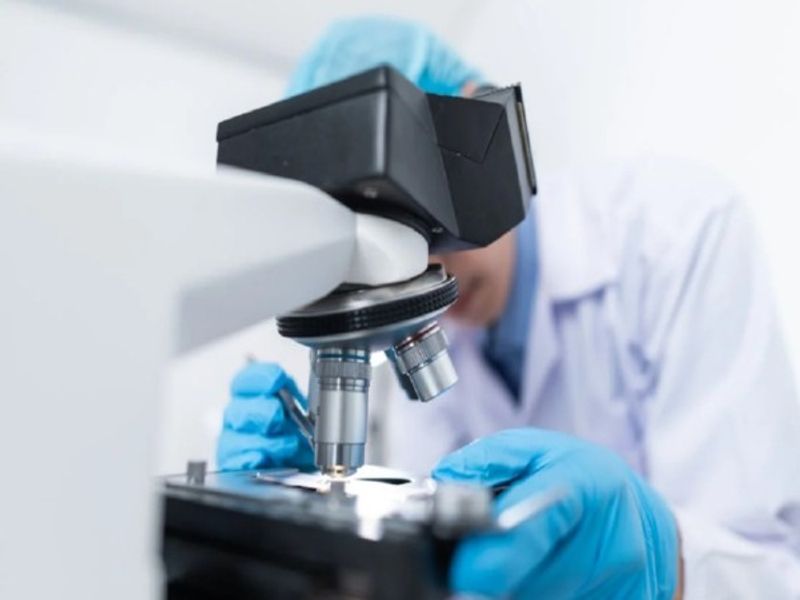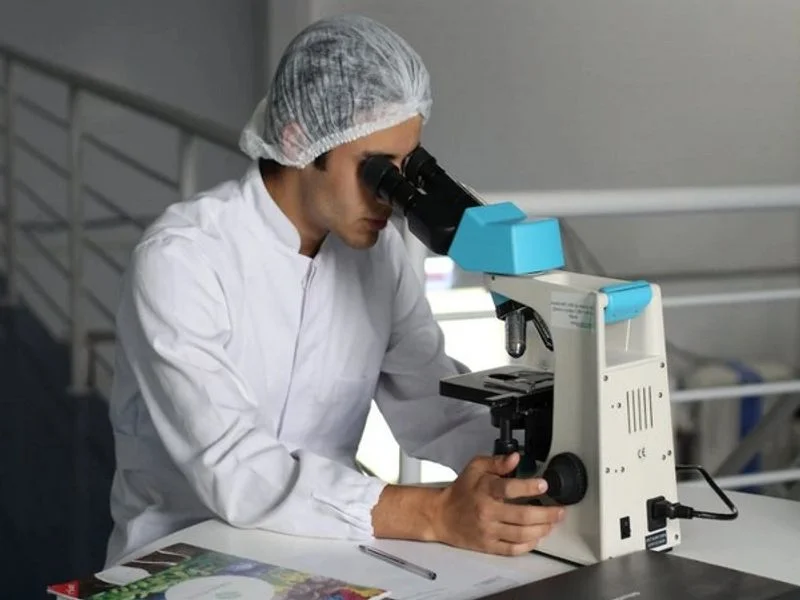Ontario [Canada], February 4 (ANI): Scientists at The Hospital for Sick Children (SickKids) have discovered a way to prevent tumour growth in a subtype of medulloblastoma, the most prevalent children’s malignant brain cancer.
Brain cancer presents a unique set of challenges for researchers because by the time a person develops symptoms, the tumours are sometimes so complicated that the fundamental mechanisms driving tumour growth are no longer easily identifiable. A research team led by Dr. Peter Dirks is aiming to overcome this obstacle for sonic hedgehog (SHH) medulloblastoma.
In a new study, the researchers identify that a protein is responsible for the waking up of ‘sleeping’ stem cells and driving SHH medulloblastoma tumour formation and regrowth. By blocking this protein and preventing the stem cells from waking, the study demonstrates what could be a pivotal treatment strategy for the cancer, utilising cutting-edge genomic approaches in combination with functional experiments in a preclinical model.
“Our findings offer a novel strategy to target cancer stem cells, providing hope for more effective treatments against aggressive brain tumors,” says Dirks, Senior Scientist in the Developmental, Stem Cell & Cancer Biology program and Chief of the Division of Neurosurgery.
The research team began by examining cellular transitions that drove the development of SHH medulloblastoma tumours. They found that early in tumour development and after conventional treatments, a protein called OLIG2 would activate ‘sleeping’ stem cells, causing them to divide and grow into a tumour.
“There is order to how the cancer initiating stem cells undergo fate changes to form tumours. We can target an early transition event and intercept the entire process – essentially stopping the cancer in its earliest form,” says first author Dr. Kinjal Desai, a postdoctoral researcher in the Dirks lab.
During these transitions, the researchers uncovered a key window during which tumour progression could be blocked. By combining a previously established treatment with a small molecule called CT-179, which disrupts the OLIG2 protein, the research team were able to target the residual stem cells left after treatment and prevent them from re-awakening, effectively preventing tumour relapse.
Similarly for early-stage SHH medulloblastoma, CT-179 prevented the tumour from forming and significantly increased survival rates in the preclinical model.
Together with additional preclinical models in a study published simultaneously in Nature Communications from colleagues at Children’s Healthcare of Atlanta and QIMR Berghofer Medical Research Institute in Australia, the findings showcase what could be an effective new treatment for SHH medulloblastoma, as well as other brain cancers including diffuse intrinsic pontine glioma (DIPG).
The study complements recent research from the Dirks Lab in Nature, which describes the early stages of glioblastoma development. While future research will expand these findings into clinical trials for patients, particularly among those being monitored for relapse, the Dirks lab, part of the Arthur and Sonia Labatt Brain Tumour Research Centre (BTRC), is excited for the diagnostic potential this discovery presents.
“At SickKids, we’re already genetically testing every child with cancer to inform their diagnosis and treatments – our study goes beyond genetic testing to precision biology,” says Dirks. “I am excited for a future where this ‘magic bullet’ for early treatment could be combined with diagnostic tests to potentially prevent the cancer from developing at all.” (ANI)
(The story has come from a syndicated feed and has not been edited by the Tribune Staff.)



